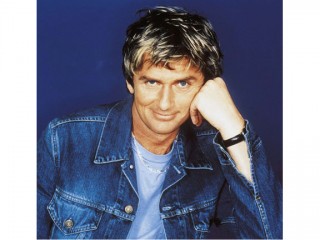
Mike Oldfield biography
Date of birth : 1953-05-15
Date of death : -
Birthplace : Reading, England
Nationality : British
Category : Arts and Entertainment
Last modified : 2010-12-10
Credited as : Prog-Rock/Art Rock composer, won a Grammy for Best Instrumental Composition in 1974,
0 votes so far
Tubular Bells, originally dubbed Opus 1, grew out of studio time gifted by Richard Branson, who at the time was running a mail-order record retail service. After its completion, Oldfield shopped the record to a series of labels, only to meet with rejection; frustrated, Branson decided to found his own label, and in 1973 Tubular Bells became the inaugural release of Virgin Records. An atmospheric, intricate composition that fused rock and folk motifs with the structures of minimalist composition, the 49-minute instumental piece (performed on close to 30 different instruments, virtually all of them played by Oldfield himself) spent months in the number one spot on the U.K. charts, and eventually sold over 16 million copies globally. In addition to almost single-handedly establishing Virgin as one of the most important labels in the record industry, Tubular Bells also created a market for what would later be dubbed new age music, and won a Grammy for Best Instrumental Composition in 1974.
The follow-up, 1974's Hergest Ridge (named after Oldfield's retreat in a remote area of Herefordshire) also proved phenomenally successful, and dislodged Tubular Bells at the top of the British chart. With 1975's Ommadawn, he explored ambient textures and world music; however, the emergence of punk left Oldfield baffled, and he retreated from sight for three years following the LP's release. He resurfaced with 1978's Incantations. Platinum, issued a year later, kept its eye on the clubs, and featured a dance version of the Philip Glass composition "North Star." With 1980's QE 2, Oldfield moved completely away from his epic-length pieces and traveled into pop territory, a shift typified by the album's cover of ABBA's "Arrival." He continued in a pop vein for much of the 1980s, as albums like 1983's Crises, 1984's Discovery, and 1987's Islands encroached further and further upon mainstream accessibility. In 1992, Oldfield teamed with producer Trevor Horn for Tubular Bells II, which returned him to the top of the U.K. charts. The Songs of Distant Earth appeared two years later, followed by a third Tubular Bells update in 1998.
















